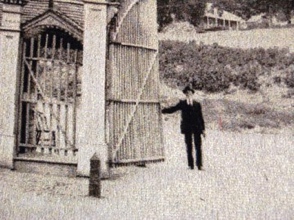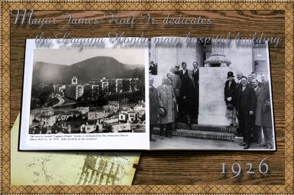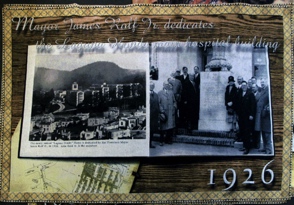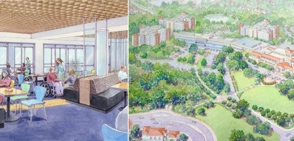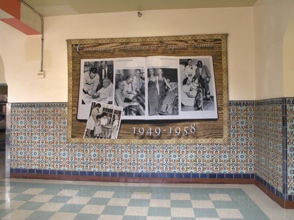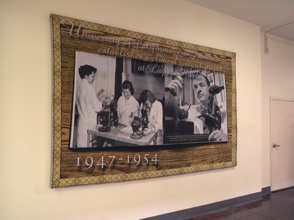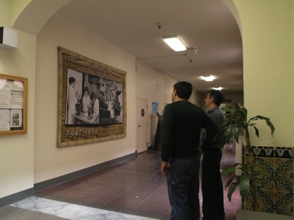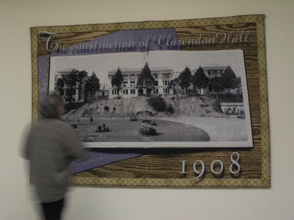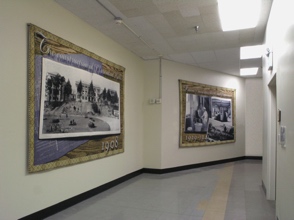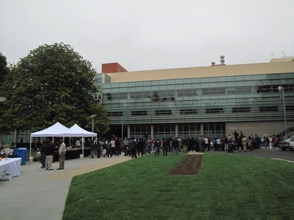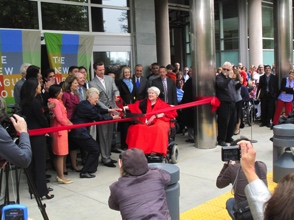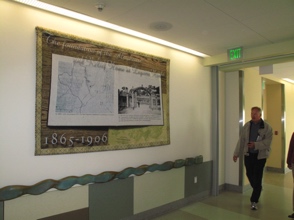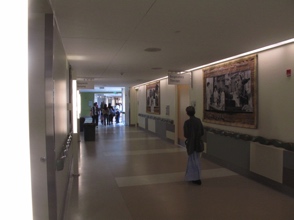Weaving, the process of crossing threads to create a fabric, can be said to be one of humanity’s first inventions. A form of basic weaving; tapestry, which can transcend the function of fabric, is one of the earliest and most fascinating pictographic forms. Over ages and countless geographies, tapestries have mirrored every culture’s achievements. One of the earliest known examples is a linen tapestry from the Egyptian tomb of Tuthmosis IV bearing the cartouche of his ancestor, which dates it to about 1500 BC.
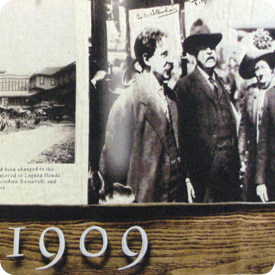
In Europe during the Medieval and Gothic periods, tapestries reached a peak of excellence. Impressively large sets of tapestries were woven, prized by kings and nobles. These richly colored fabrics, which often used fine silver and gold threads as well as wools and silks. Tapestries of biblical stories and lives of the saints were commissioned for the cathedrals and churches. Famous examples from this period are the 'Apocalypse' tapestries of Angers and the 'Lady of the Unicorn' tapestries (woven in 1460), now in Paris.Early in the sixteenth century, Raphael was commissioned by Pope Leo X to design a set of tapestries featuring the Acts of the Apostles, for the Sistine Chapel. The weavers were required to faithfully reproduce a painting. From then on most tapestries were simply copies of paintings.
In the late nineteenth century, William Morris revived medieval practices, greatly reducing the number of colors and thread counts. He designed specifically for tapestries, giving the weavers freedom to interpret his images. He designed and wove small tapestries that were consistent with personal expression and demonstrated that tapestry was an accessible and legitimate art form in its own right.
In the late 1990’s Don Farnsworth at Magnolia Editions, in Oakland, California began developing a technique whereby digital files could be matched to thread color sets and images could be woven into tapestries. This enabled the the grand commission of tapestries created for the Our Lady of Angels Cathedral recently completed in Los Angeles by the painter John Nava.
Tapestries have proven to be one of the most durable pictographic forms. The Apocalypse tapestries from the fourteenth century were used to warm fruit trees during the winter and wrap horses stables against the cold! Yet they have survived, still colorful and intact.
The “Woven” project consists of sixteen tapestries, each approximately four feet tall by ten feet wide. Each tapestry depicts a desk and an open book. Together they cover sixteen events within the history of the Laguna Honda Hospital from the late 1800’s to the construction of the new buildings. Each of the tapestries suggests a look into an allegorical “history book” about the hospital. Each tapestry depicts a photograph from the archives about the hospital.The images contain artifacts which are placed on the desk along side the book. Each tapestry has have a title created by a calligrapher and a date in the lower right or left hand corner to denote the time period that is being viewed. Tapestries are an excellent way of connoting history and tradition. They give weight to the idea of history because of their association with tapestries of the past. They are permanent and lightfast.

